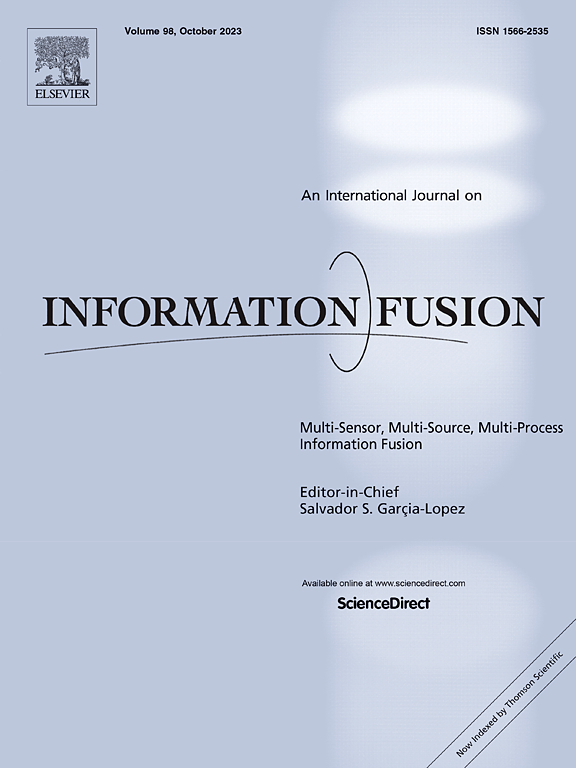SSLMM: Semi-Supervised Learning with Missing Modalities for Multimodal Sentiment Analysis
IF 14.7
1区 计算机科学
Q1 COMPUTER SCIENCE, ARTIFICIAL INTELLIGENCE
引用次数: 0
Abstract
Multimodal Sentiment Analysis (MSA) integrates information from text, audio, and visuals to understand human emotions, but real-world applications face two challenges: (1) expensive annotation costs reduce the effectiveness of fully supervised methods, and (2) missing modality severely impact model robustness. While there are studies addressing these issues separately, few focus on solving both within a single framework. In real-world scenarios, these challenges often occur together, necessitating an algorithm that can handle both. To address this, we propose a Semi-Supervised Learning with Missing Modalities (SSLMM) framework. SSLMM combines self-supervised learning, alternating interaction information, semi-supervised learning, and modality reconstruction to tackle label scarcity and modality missing simultaneously. Firstly, SSLMM captures latent structural information through self-supervised pre-training. It then fine-tunes the model using semi-supervised learning and modality reconstruction to reduce dependence on labeled data and improve robustness to modality missing. The framework uses a graph-based architecture with an iterative message propagation mechanism to alternately propagate intra-modal and inter-modal messages, capturing emotional associations within and across modalities. Experiments on CMU-MOSI, CMU-MOSEI, and CH-SIMS demonstrate that under the condition where the proportion of labeled samples and the missing modality rate are both 0.5, SSLMM achieves binary classification (negative vs. positive) accuracies of 80.2%, 81.7%, and 77.1%, respectively, surpassing existing methods.
求助全文
约1分钟内获得全文
求助全文
来源期刊

Information Fusion
工程技术-计算机:理论方法
CiteScore
33.20
自引率
4.30%
发文量
161
审稿时长
7.9 months
期刊介绍:
Information Fusion serves as a central platform for showcasing advancements in multi-sensor, multi-source, multi-process information fusion, fostering collaboration among diverse disciplines driving its progress. It is the leading outlet for sharing research and development in this field, focusing on architectures, algorithms, and applications. Papers dealing with fundamental theoretical analyses as well as those demonstrating their application to real-world problems will be welcome.
 求助内容:
求助内容: 应助结果提醒方式:
应助结果提醒方式:


